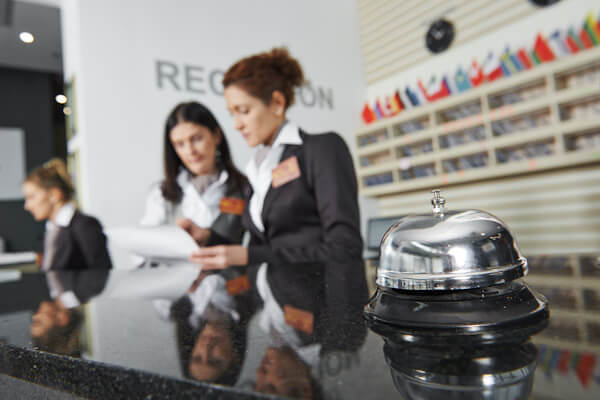Social Media Contingency Plans
In the early days of social media, many brands were fearful about customers having the ability to share their brand experiences across the Web. For the first time, brands were faced with not being able to control the public message around their products and services. As time went on, brands became more comfortable as they saw that the majority of experiences being shared online are positive and even when negative experiences arise, watchful brands have the opportunity to publicly show they’re listening and taking care of their customers. But what if the worst-case scenario becomes reality and there’s an outpouring of negative sentiment?
Just last week, McDonald’s was hit with a PR nightmare when a social media campaign they ran turned ugly. The company introduced a new hashtag and promoted tweets using it. The initial tweet read: “When you make something w/ pride, people can taste it.” McD potato supplier #McDstories All of a sudden, people began sharing their McDonald’s horror stories, ranging from foreign objects in the food to health problems that resulted from eating the food. But, the McDonald’s social media team had a contingency plan and less than two hours after the start of the campaign, they stopped promoting the tweets.
McDonald’s social media director Rick Wion made a statement about the situation, saying, “Last Thursday, we planned to use two different hashtags during a promoted trend – #meetthefarmers and #mcdstories. While #meetthefarmers was used for the majority of the day and successful in raising awareness of the Supplier Stories campaign, #mcdstories did not go as planned. We quickly pulled #mcdstories and it was promoted for less than two hours.” While the tweets are still easily viewed by searching for the hashtag on Twitter, Rick did everything he could do. As everyone in social media knows, once something is out on the web, there’s vitually no way to remove it completely. All you can do is hope that new, positive messages push bad content down.
So what is the lesson here? First and foremost, you must stay on top of what is being said about your brand. When new customers first get access to the Revinate dashboard, many of them are floored by the amount of content that is out there about their hotels or restaurants. A comprehensive listening platform is key, as it is virtually impossible to manually find all the mentions of your brand without one.
Second, hoteliers do have the power to remove some negative comments if they appear on review sites and are clearly fake or violate the site’s rules. TripAdvisor, for example, allows hoteliers to petition the site to have fake or accidental reviews removed. For example, if you don’t have a pool and a review talks about an experience at the hotel pool, that review would likely be removed. But, if that fails or if the review is legitimate, but negative, many sites allow management responses. Management responses are critical because they allow the business to tell its side of the story and apologize for not meeting guest expectations. As research has shown, a management response can virtually wipe out the negative sentiment from a bad review.
Finally, hoteliers must think through all campaigns and ensure they have a plan in place for difference scenarios, especially if you’re asking for customers to share content. For example, what will you do if you ask guests to post their best trip photos to your Facebook page, and they post photos of your renovation or stained carpets? Will you remove the photos? Comment on them? Allow them to remain? Most importantly, the social media manager should have executive buy-in to ensure that he/she isn’t held liable if and when negative comments roll in. Brands should have a document that outlines the response they will take across different scenarios, along with the anticipated response time. This document should be approved by the heads of all department, as well as the GM, to ensure the whole team is on the same page.
Here is an example to help get you thinking:
| Customer Action | Response Time | Responsible | Action |
| Negative Tweet | 15 minutes | Social Media Manager | Tweet: Please DM me so I can reach out personally to help you resolve your issue
|
| Negative Facebook Post | 1 hour | Social Media Manager | Comment asking poster to email you so you can resolve issue |
| Negative review | 1 day | DOSM | Investigate / Public response when allowed and reach out privately if you know reviewer’s contact info. |
| YouTube video showing ugly side of hotel | 30 minutes | DOSM | Email account owner requesting a call to apologize and discuss his experiences |
Want to drive more direct revenue and connect with guests? Download our free Email Marketing Strategy Guide. Never before has there been a more jam-packed, industry-specific guide to help hoteliers master the art (and science) of email marketing. Over 40+ topics with actionable insights, strategies, and best practices for email marketing.
Related Posts

Insights that drive results
Subscribe now to get the latest content
This site is protected by reCAPTCHA and the Google Privacy Policy and Terms of Service apply. *Required fields.



